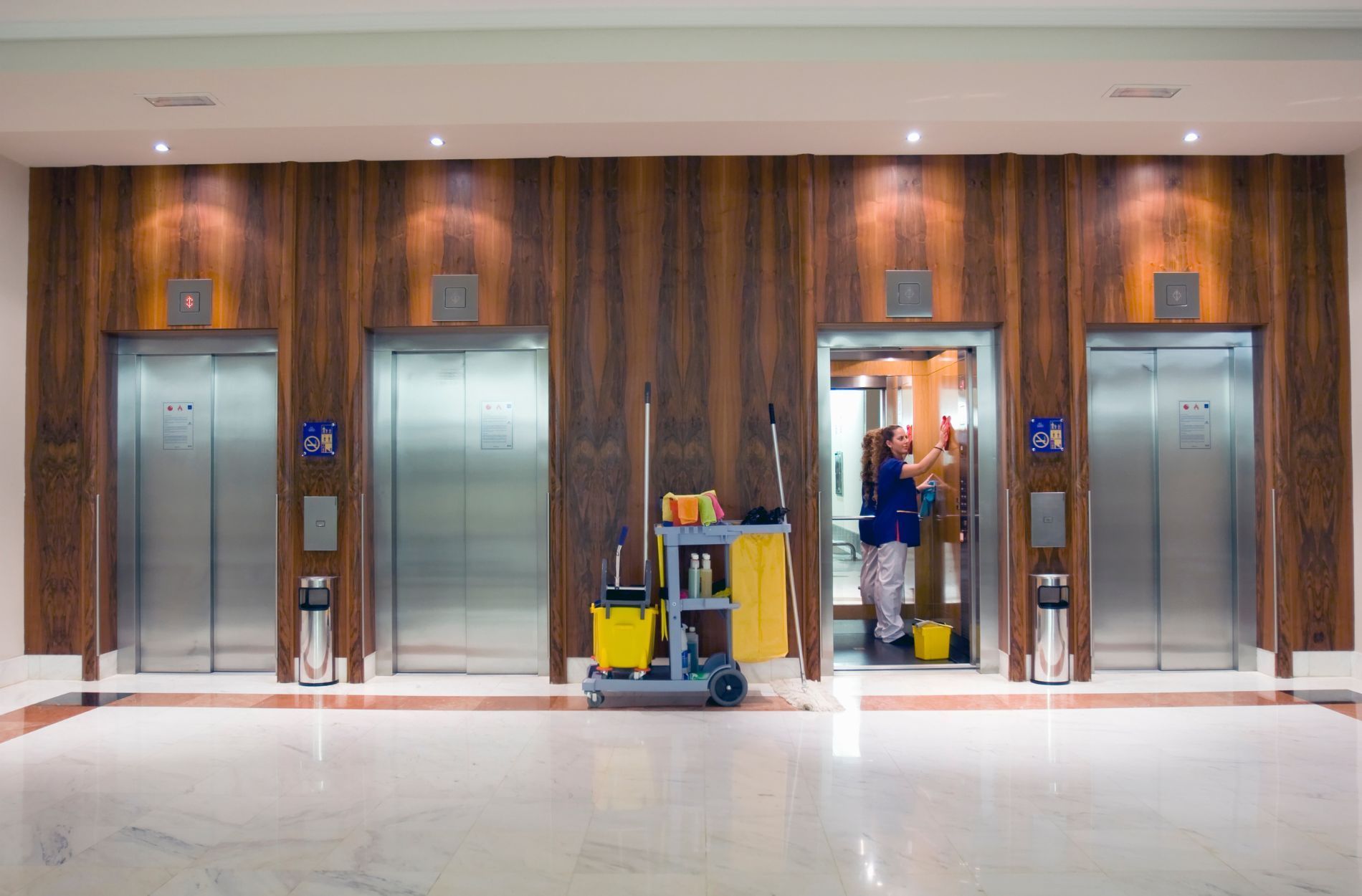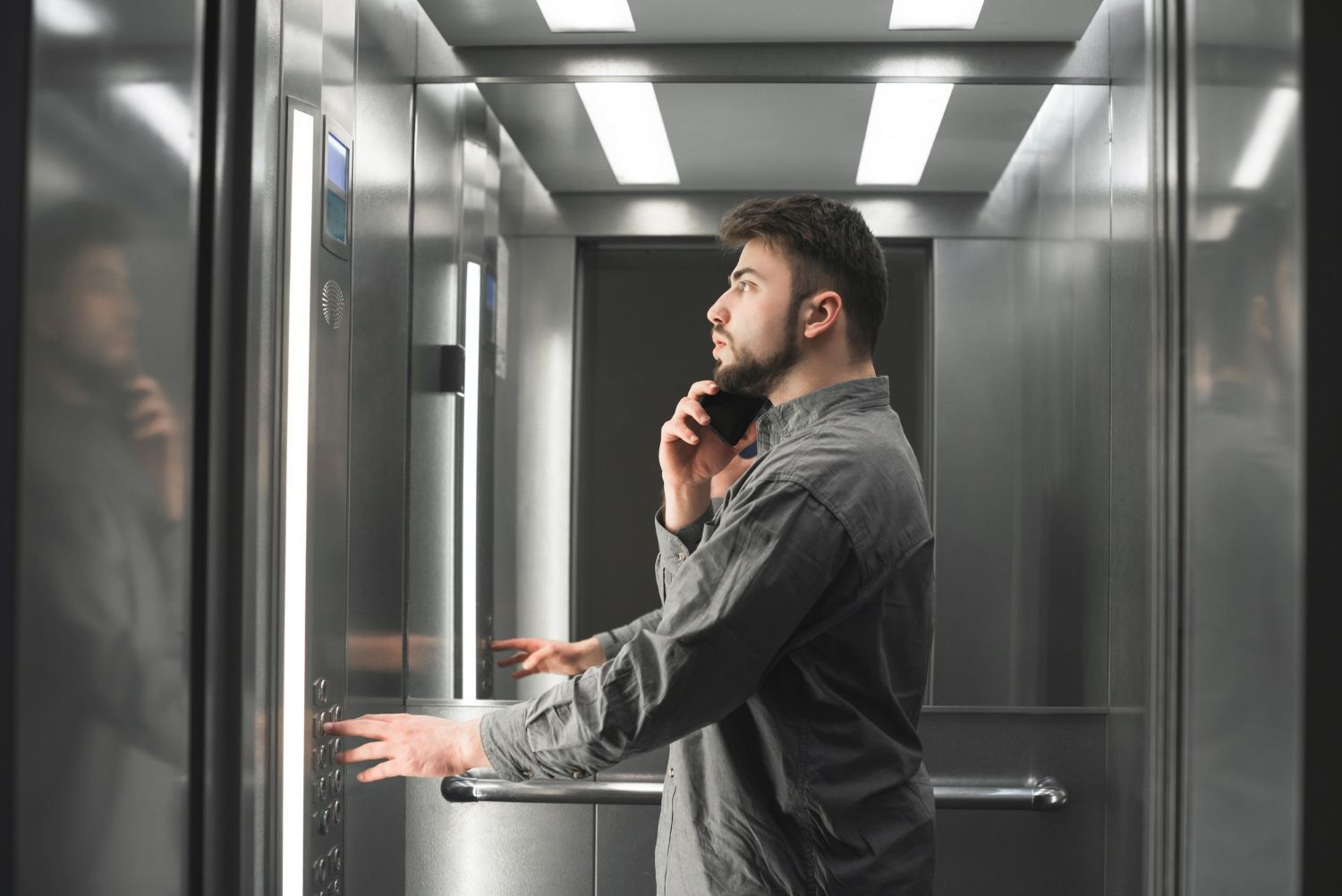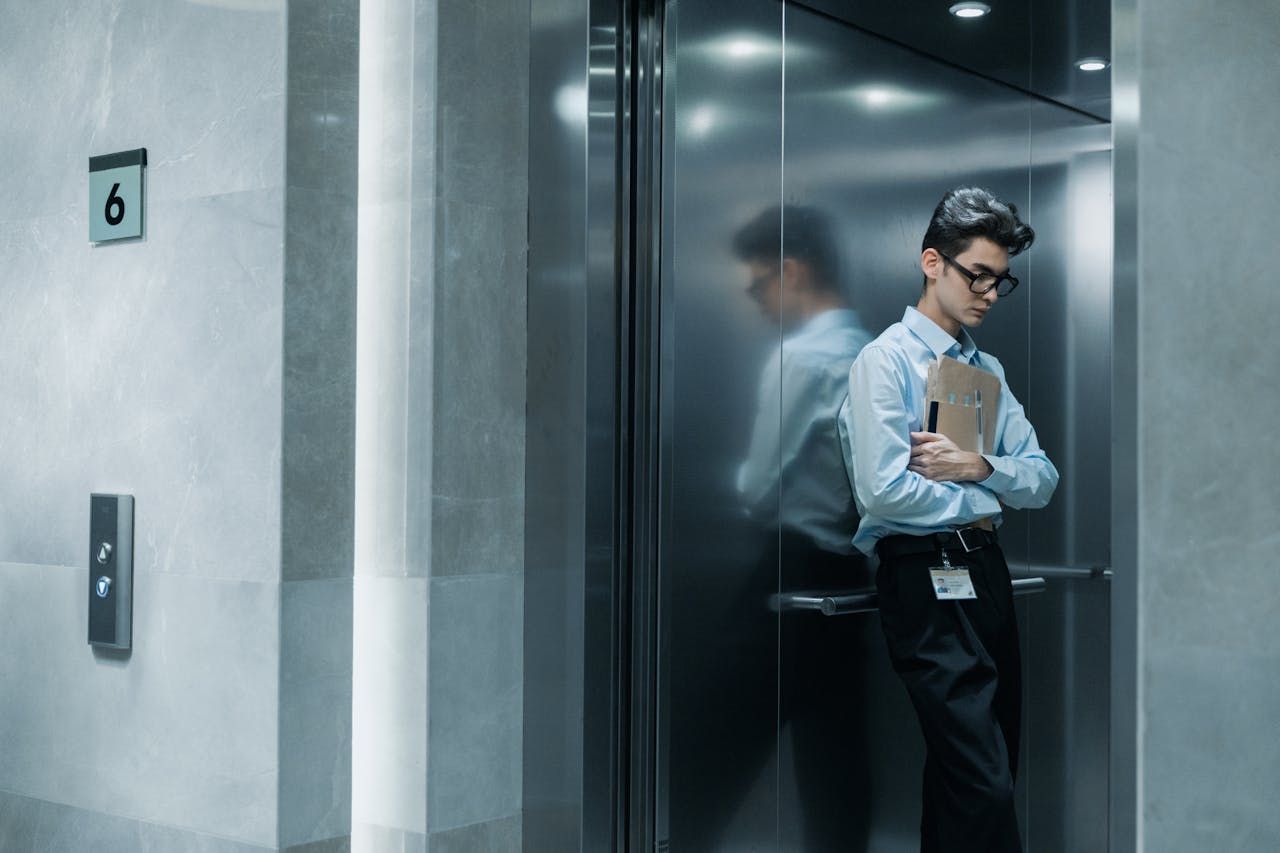The Advantages of Wheelchair Lifts: Enhancing Accessibility and Independence in Your Building
With growing awareness about the importance of inclusivity and accessibility in our society, it is essential that modern buildings are designed to accommodate individuals with a diverse range of needs. One critical aspect of promoting accessibility and independence for people with mobility challenges is the installation of wheelchair lifts. These lifts allow users to easily move between different levels in residential, commercial, and public spaces, enhancing their overall experience and quality of life.
Wheelchair lifts are designed to accommodate wheelchairs, scooters, or other mobility devices, effortlessly transporting individuals between floors, over stairs, or across varying levels within a building. The advantages of wheelchair lifts extend beyond the immediate benefits for users to include broader societal implications, such as fostering a more inclusive environment and promoting equality.
In this informative article, we will delve into the various benefits that wheelchair lifts offer, such as improved accessibility, independence, safety, and versatility. Additionally, we will discuss the types of wheelchair lifts available and the factors to consider when choosing the ideal lift solution for your building. Finally, we will touch upon the value of regular maintenance and repairs to ensure long-term functionality and reliability of your wheelchair lift system.
Elevator Solutions Inc. is your knowledgeable wheelchair lift solutions partner in the Midwest, providing expertise in selecting, installing, and servicing the best-available wheelchair lifts to enhance accessibility and independence in your facility. Together, we can create more inclusive spaces for everyone.
Key Benefits of Wheelchair Lifts
1. Improved Accessibility
Wheelchair lifts provide essential accessibility for individuals with mobility challenges, enabling them to navigate between floors in residential, commercial, or public spaces with ease. This increased accessibility removes barriers that prevent full participation in daily activities and social interactions, fostering greater inclusion.
2. Enhanced Independence and Mobility
Users of wheelchair lifts can experience a newfound sense of independence, as they no longer need to rely on the assistance of others to navigate between levels within a building. This autonomy grants them the freedom to move about more confidently and comfortably.
3. Increased Safety
Wheelchair lifts are designed with various safety features, such as anti-slip surfaces, secure enclosures, and emergency stop buttons, ensuring user safety as they move between different levels. This enhanced safety can provide greater peace of mind for both users and their families or caregivers.
4. Versatile Applications
Wheelchair lifts can be installed in a wide range of settings, including homes, offices, schools, retail spaces, and public facilities, making them a versatile solution for improving accessibility and mobility among buildings of all types.
Types of Wheelchair Lifts
1. Vertical Platform Lifts (VPLs)
VPLs are designed for straight vertical travel, making them ideal for transporting individuals across shorter heights, such as a single flight of stairs or a small set of steps. These lifts often feature durable platforms and secure enclosures to ensure user safety during operation.
2. Inclined Platform Lifts (IPLs)
IPLs allow users to navigate along the incline of a staircase, providing a safe and convenient solution when vertical space is limited. They can be installed on straight or curved staircases and are suitable for both indoor and outdoor applications.
3. Portable Wheelchair Lifts
Portable wheelchair lifts offer a flexible solution for temporary or occasional accessibility needs. Designed to be easily transported and set up on-site, they can provide a practical and cost-effective option for events or locations where a permanent lift installation may not be feasible.
Choosing the Right Wheelchair Lift for Your Building
1. Assess Requirements
Before selecting a wheelchair lift, evaluate the specific accessibility and mobility needs of your building, considering factors such as the height to be traversed, available space for installation, and the design of the existing staircase or steps.
2. Consider User Preferences
Take into account the preferences and requirements of potential users, including the type and size of their mobility devices, as well as their level of independence and ability to operate the lift safely.
3. Collaborate with a Trusted Provider
Work with a reputable and experienced wheelchair lift solutions provider, like Elevator Solutions Inc., to guide you through the process of selecting, installing, and maintaining the perfect wheelchair lift for your building.
Maintenance and Repairs for Wheelchair Lifts
1. Regular Inspections
Schedule routine inspections and maintenance for your wheelchair lift, adhering to the manufacturer's recommendations, and local safety regulations. This proactive approach will help ensure the ongoing functionality, safety, and longevity of your lift system.
2. Address Issues Promptly
When a problem arises with your wheelchair lift, address it quickly to prevent further damage or potential safety hazards. Collaborate with a reliable service provider to ensure timely and professional repairs and maintenance.
Conclusion:
Wheelchair lifts play a crucial role in enhancing accessibility, independence, and inclusivity for individuals with mobility challenges. By selecting the appropriate lift solution for your building and ensuring regular maintenance, you can promote a more inclusive and welcoming environment for everyone. Elevator Solutions Inc. is your trusted partner for expert guidance on wheelchair lifts and
elevator installation services in the Midwest. Together, we can make your facility more accessible and empowering for all its occupants.



